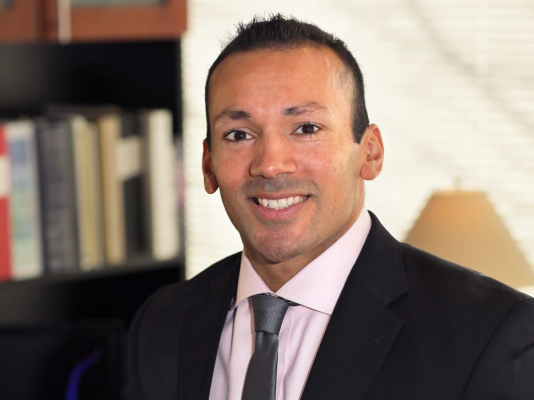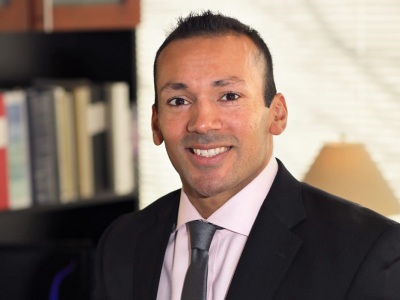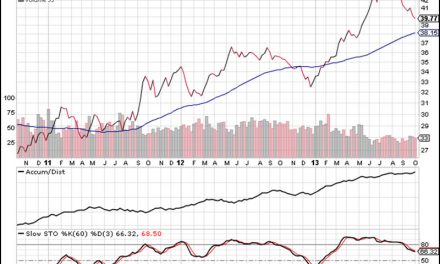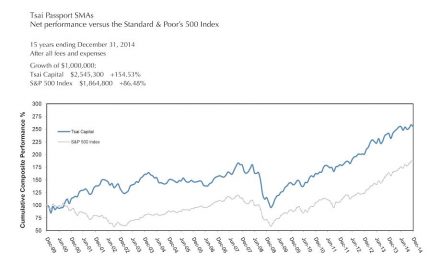 By Laila Madan | Business Insider
By Laila Madan | Business Insider
Financial planner Nickolas P. Sanchez.
Photo Nickolas Sanchez
Trying to plan out your life isn’t easy, especially when it comes to building long-term wealth. At any moment, life can throw you a curveball or your goals and desires can change.
And while there’s no way to know for certain where you’ll end up, there are a few steps you can take that could help get you on track to building long-term wealth, whether it’s for retirement or just your future self.
Nickolas P. Sanchez, a financial planner at Financial Architects, Inc., shares four key things that anyone can do today to start building wealth for a lifetime.
1. Automate your savings It can be hard to take money out of your spending budget, especially if you have to do it every month. This takes a certain level of discipline and conviction. Automating the process makes it easier.
“It kind of helps take some discipline out of the equation,” Sanchez says. “The key is that you’re making your savings habits kind of like a recurring bill, essentially. Most of us don’t really think about a mortgage payment or our cell phone bill, just because normally we have them automated. We just know that they’re going to happen and we kind of adjust to it. So the same premise [goes for] your investments, just make it like a bill that’s recurring each month.”
There are a few ways to automate your savings and investments. One option is to do it directly through your employer, by setting up monthly 401(k) contributions or having a percentage of your paycheck deposited into a savings account. You can also do it through your bank, where a certain number of dollars are allocated to a savings or investment account each month. Some brokerage apps can also be set up to withdraw a recurring monthly amount from your bank account.
2. Think about tax diversification when saving and investing
Sanchez says it’s important to diversify your investment strategy so that you are not dependent on one tax policy, especially in your retirement years.
“I see a lot of people, 90% of their wealth is all in their 401(k), just because that’s the most common savings tool. It’s kind of like your default investment choice because it’s easy. And so then they have all this money in their 401(k) and then when they’re in their 60s and 70s, they’re at the mercy of whatever tax environment they find themselves in,” Sanchez says.
He recommends having funds in tax-deferred accounts like 401(k)s and traditional IRAs, and then money in tax-advantaged places like a Roth IRA. Finally, you want to have funds in after-tax accounts, such as a brokerage account where withdrawals are taxed as capital gains.
3. Have financial goals in mind
Knowing what you’re saving for helps you stay on track. That’s why setting goals along your wealth-building journey is important. Whether you’re saving for college, a retirement fund, or building an investment account, setting targets will help you determine how much you need to contribute to a goal each month. It may even motivate you to reach those markers faster.
As you reach each target, your financial marker can then increase or change to meet your circumstances. The first step in this process is to ask yourself what are the things you want to achieve, whether it’s buying a house, going back to school, or even reaching a net worth by a certain date. Once you determine your goals, you can work backward by figuring out which goals will need funds sooner than others based on their level of importance or the timeframe you’ve set for each one.
4. Set up an investment account outside of your retirement fund
Sanchez recommends keeping a taxable brokerage account so that it doesn’t have restrictions on when you can withdraw, or how much you can withdraw. This will give you access to liquifiable assets in the event you need a lump sum of cash.
You can invest your money and allow your funds to grow over time. If you don’t have to touch the assets for 20 or 30 years, then it can eventually help with retirement as well.






